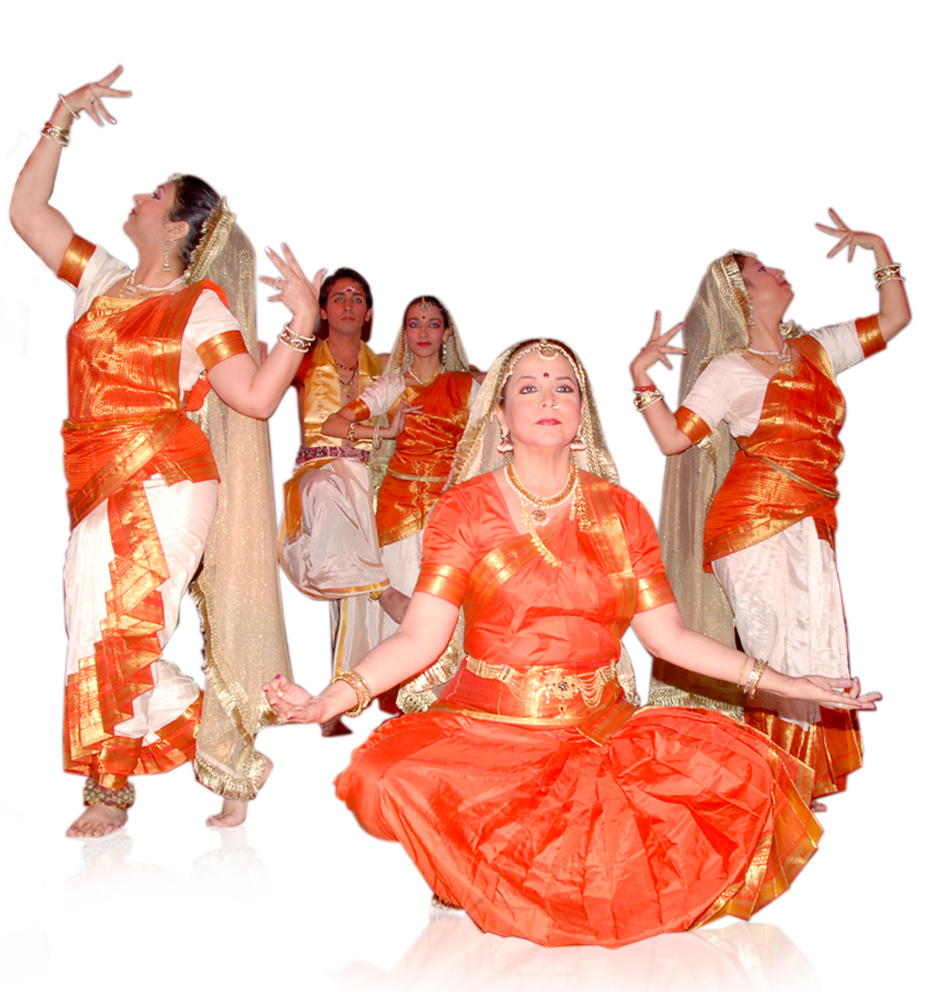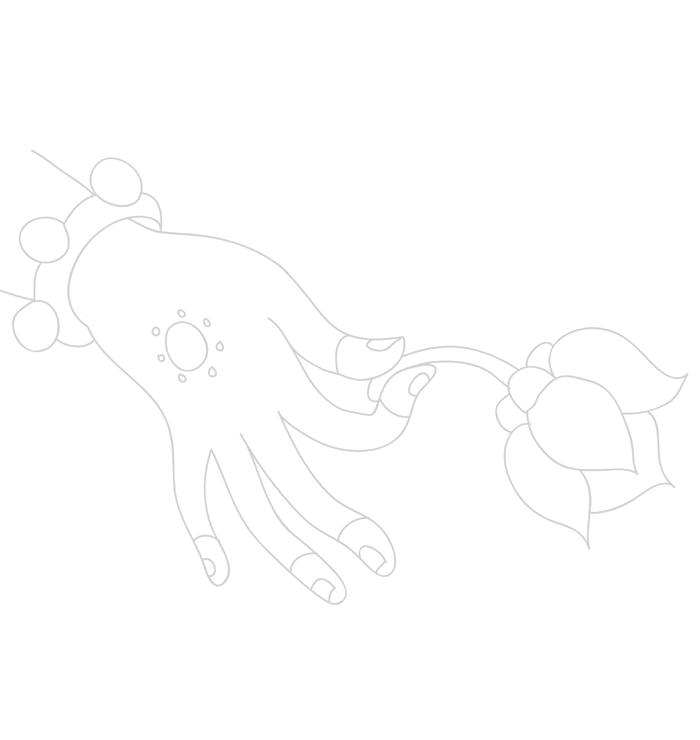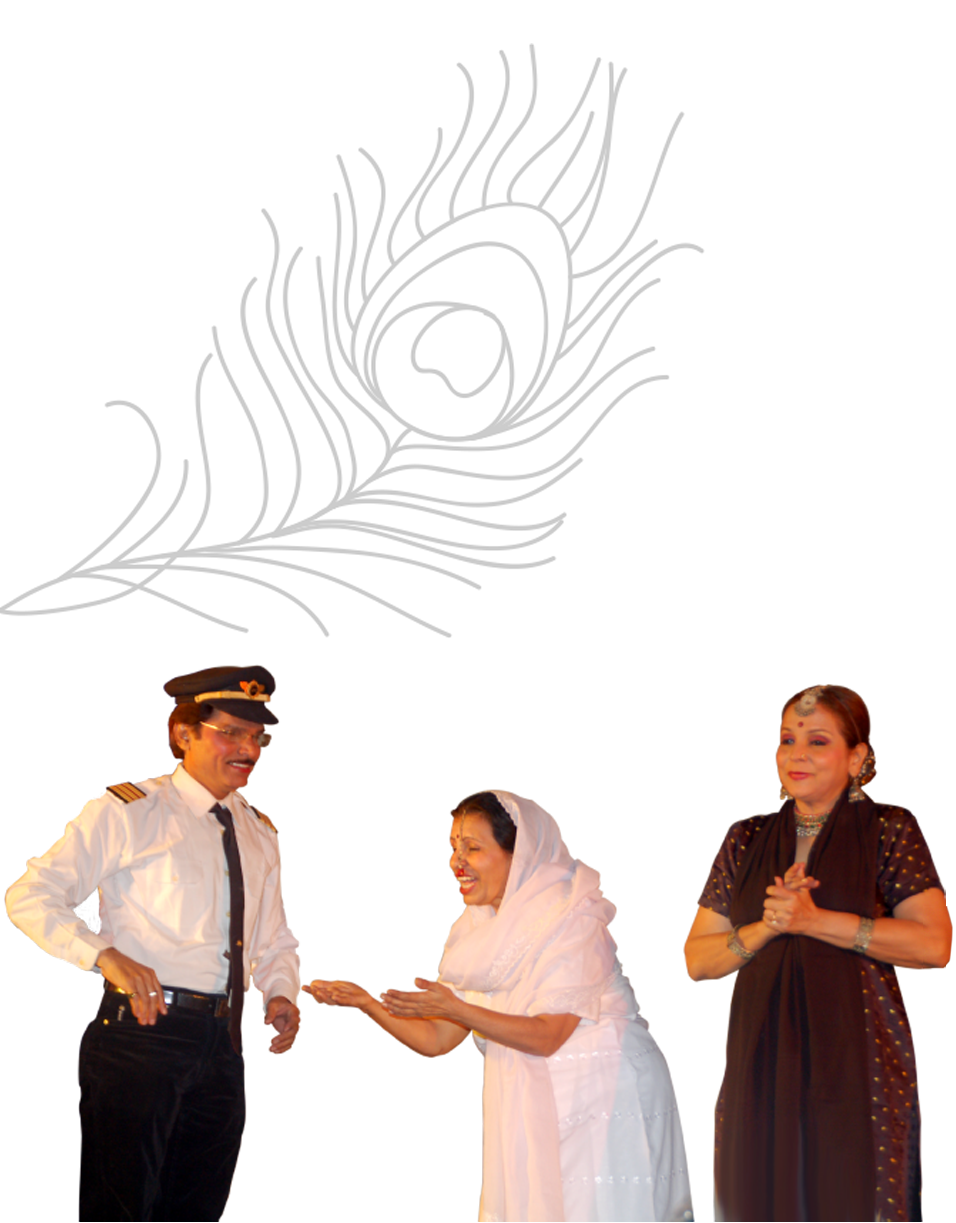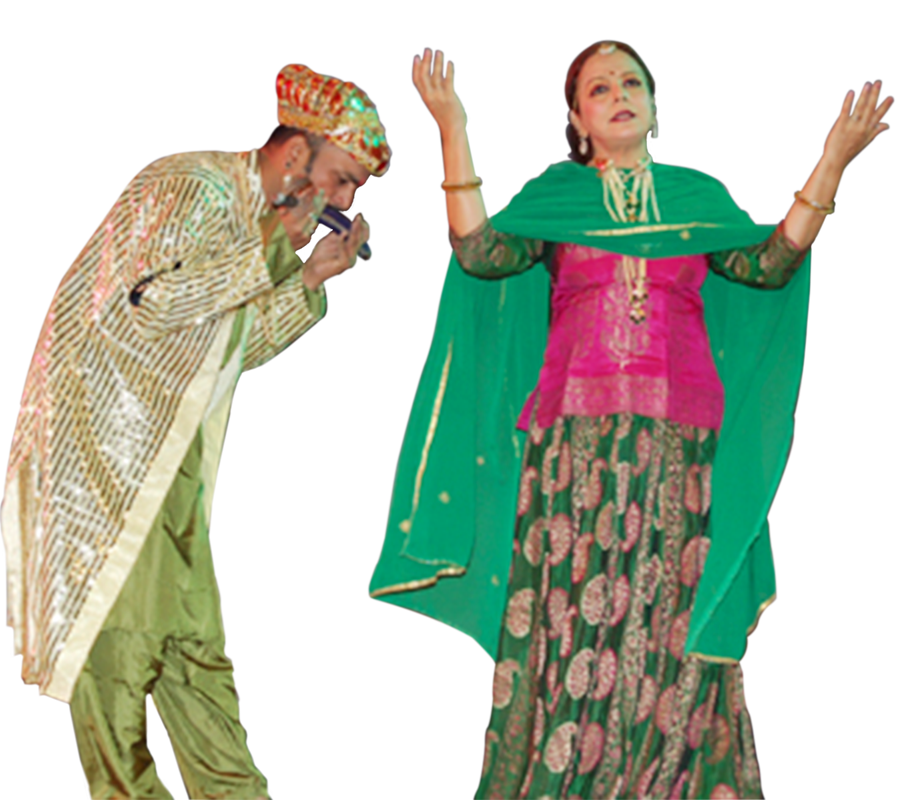The Lingering Longing For The Loved One
Love is delicate, it’s pure, its cares, it dares. It knows, it forgets, it forgives, it takes, but most importantly it gives. The longing for this love creates a void that cannot be filled. The joy and the sorrow of coming close and moving apart is a sweet yet painful harmony played by the heart. This emotion cannot be explained, only felt. It's this emotion that conceptualized ‘Sikka Sajan Jee’ – The Lingering Longing for the Loved one.
Anila depicts the yearning of ‘Moomal’, the agony of Sasui, the chastity of Maruee, the ecstasy of ‘Noori’, the repentance of ‘Leela’, and the courage of ‘Suhini’, all with sparkling radiance and fascinating vigour. Her zest for performance creates a fantasy world to immerse in where the heroines (soormiyoon) of Shah Abdul Latif, a Sindhi sufi scholar, mystic, saint and poet, come to life. It is a wonderful combination of sensitive dialogues, strikingly choreographed dances, alluring lights, traditional ragas and authentic costumes which are a feast to the soul.
CREDITS :
Couplets : The great mystic poet Shah Abdul Latif
Lyrics : Prabhu Wafa
Music : C. Lakhmichand
Dialogues : Mohan Chhabaria
Production : Mohan Chhabaria and Anila Sunder
Direction : Anila Sunder
Choreography : Anila Sunder
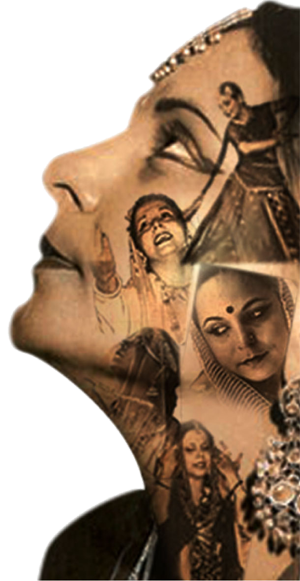

Based on the Indus Valley Civilization
The bronze statuette of a dancing girl from Mohen-Jo-Daro and the stone sculpture of a priest king from Harappa are evidences that the people of Indus Valley knew the art of dance and music. This dance ballet, born in the year 1990, is inspired by the beautiful portrayal of art of the 5,000 year old Indus Valley civilization. It presents the clash of ideals of two cultures, the Aryan and the Dravidian, one upholding the might of Vira (valour) , and the other, the an epitome of Kala (fine art).
The peace-loving, artistic Dravidian, Sindhu and an Aryan Prince Savero meet coincidentally and debate on whether Vira is higher or Kala. In this conversation, Sindhu wins over Savero’s heart and they fall in love. However the couple is not allowed the nuptial bliss and the pride and ego of the Aryan King separates them. Sindhu doesn’t agree to elope but instead persuades Savero to pray to Lord Pashupati for the right guidance. The story ends on a tragic, showcasing a total destruction of the the civilization and culture leaving them in deluge thereafter, a historic truth!
CREDITS :
Script : Govardhan Bharti
Lyrics : Govardhan Bharti
Music : C. Arjun
Production and Direction : Anila Sunder
Light Design : Indian National Theatre
Choreography : Anila Sunder
Assistance : Joey Naronha
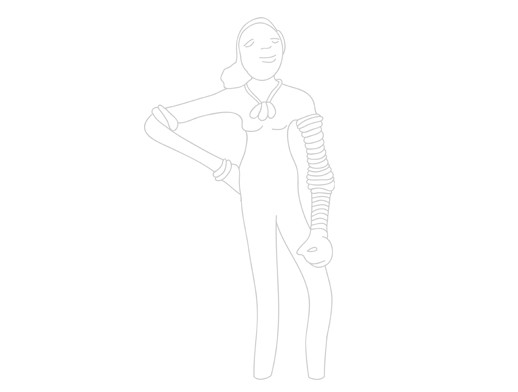

The Song Of Govind, Lord Krishna
Anila Sunder’s passion for the Odissi dance form made her learn it and bring it on the platform with ‘Geet Govind’ for the connoisseurs of Indian classical dance. Formulated in the authentic Hindi language, this ballet written by the 12th century poet Jayadeva, describes the relationship of Lord Krishna with his gopis and Radha. With tender lyricism, ‘Geet Govind’ explores the sensual aspects from awakening through regrets and jealousies to the contentment of bodily possession. While it narrates the love of Radha and Krishna as cowherds, the poem on a higher level celebrates the interplay of the human and divine. This ballet takes possession of us as we are taken on a journey of magnificence with emotional intensity of Radha (the aatma ) desiring to be one with Lord Krishna (the parmaatma ). with the finale being their glorious union the (Moksha ).
CREDITS :
Original Sanskrit Poems :Poet Jaidev
Translated into Hindi : J.K. Setpal
Choreography : Guru Natbar Maharana
Production & Direction : Anila Sunder
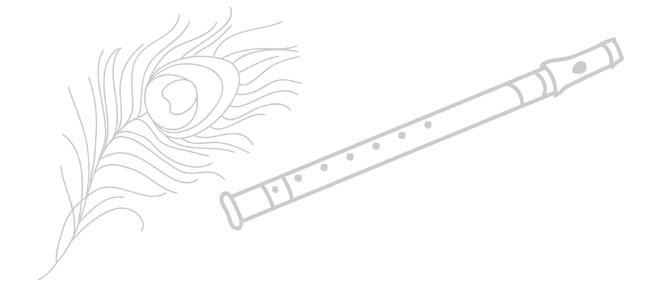


The Fragrance Of Sindhi Culture
Indian culture is like a bouquet of flowers, wherein each flower has its own hue and fragrance. Likewise, each Sindhi festival which is a part of Indian culture has something unique to offer.
1. Thadri – This derives form the word Thaddo Thyo, literally meaning ‘cold’ in Sindhi language. On the day before Thadri, people cook lola (sweet flour cakes) because they believe no flame must be lit on the festival day. One of the activities is getting together to play cards signifying that victory and defeat must be taken in our stride in the game of life. This has been uniquely presented with artists dressed in costumes inspired by a pack of cards.
2. Teejri – This is celebrated in monsoons, when single and married women keep fasts for their beloved ones. This dance showcases women passing their day by playing indoor games, singing folk songs and beautifying their hands with mehndi designs. After a day-long fast, they break it only at night after offering arg to the moon.
3.Diwali – After the monsoons comes the festival of Diwali, to welcome Goddess Lakshmi, where the Sindhis worship ‘hatari’ that signifies a shop – a livelihood. Sindhis being a business community, the ‘Sindhwarki’ businessman who is separated from his family in pursuit of his trade invariably returns home to celebrate the festival with his beloved while she is getting ready to greet him having done her Solaah Singaar. This diyaari dance is performed with diyas to drive away the shadows of evil spirits.
4. Utraan – This Sindhi festival marks the commencement of the sun’s journey into the northern hemisphere and is an equivalent to the Makar Sankranti festival. This is presented by female dancers dressed as colourful kites and male dancers holding their strings. The actions of pulling and letting loose symbolizes the art of maintaining a balanced life.
5. Basant Panchmi –In this classical number ‘Chaturang’, Anila depicts the immortal love of Kamdev (the god of love) and Rati (his consort) who are worshipped on this day. This festival marks the onset of the spring season – Basant Bahaar – where there is beauty in nature and happiness in the hearts.
6. Holi – Holi festival has an ancient origin and celebrates the triumph of ‘good over evil’. The colourful festival bridges the social gap and renews relationships. Holi celebration begins with lighting up of the bonfire on the eve followed by rubbing gulaal and cheering up the next day, which comes alive on stage in a folk form.
7. Cheti Chand – The Sindhi New Year day, when they worship the God of Waters, holds a special significance because centuries ago Sindhi merchants traversed through the waters by ships carrying their cargo to far-off lands. The first day of the Chaitra month marks the mystical birth of Lord Uderolal who preached for religious freedom that made him to be the ‘ishtadeva’ of Sindhis. The artists dedicate an aarti as a prayer to him followed by chhej – a dance with wooden sticks and jhaanjh (cymbals).
CREDITS :
Script : Prof. Propali Hiranandani
Lyrics : M. Kamal
Music : C. Lakhmichand
Direction & Choreography : Anila Sunder
Assistance : Hiralal Makwana
Sponsor : Priyadarshini Academy
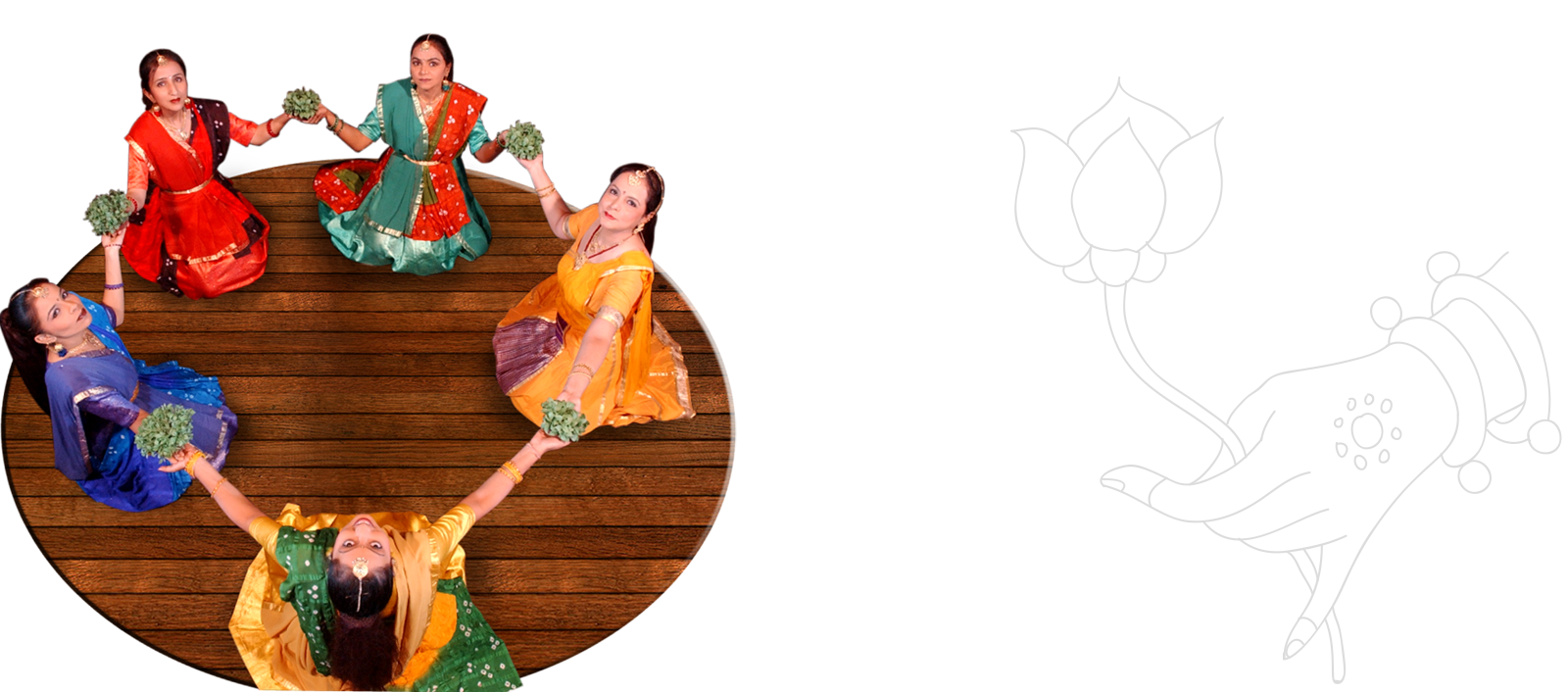

Beloved, Don’t Leave Me Desolate
Created in 1988, this ballet takes its inspiration from ‘Sur Saamoondi’ of the poetic compendium ‘Shah Jo Risalo’ by the sindhi Sufi poet Shah Abdul Latif Bhittai. It brings about a debate of ‘Love V/s Wealth’.
In this ballet, Anila portrays a loving wife of a Sindhawarki businessman who makes far flung journeys to distance lands on a small boat with blessings of Daryashah – Lord Jhulelal. The heroine suffers taunts and curses from her mother-in-law and prays tpo the Lord of the Waters for the safe return of her beloved husband.
The businessman soon returns with wealth and riches and a rather changed appearance and attitude. While he seems to be under a spell of glitter, she tries to convince him to recognize the true values of life. After much discussion, the husband is able to understand his wife’s perspective and together choose their happiness through a balanced way of life.
CREDITS :
Script : Govardhan Bharti
Lyrics : Govardhan Bharti
Music : C. Arjun
Direction : Anila Sunder
Choreography : Anila Sunder
Assistance : Hiralal Makwana
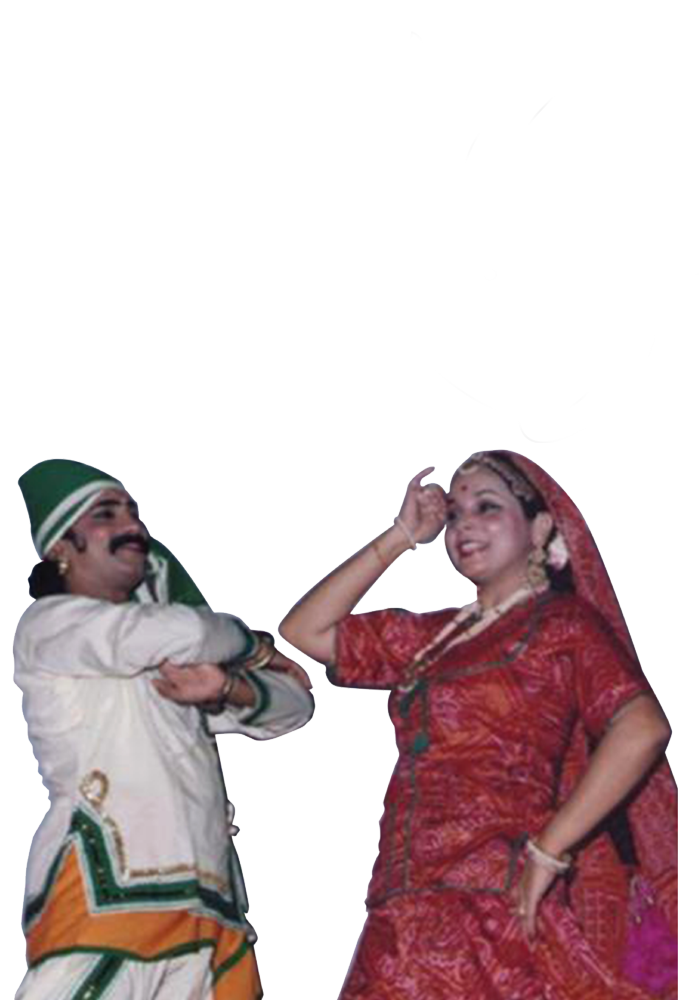

Sindh, my motherland
Anila Sunder contributed towards the country’s Golden Jubilee year of Independence in 1997, by sensitively depicting the heartbreaking story of an untold tragedy wherein the displaced Sindhi refugees suffered severe hardships while embarking on their desperate journey seeking rehabilitation.
‘Sindh Munhinjee Amaa’ is a nostalgic saga of a woman beleaguered with her perennial woes, both as a wife and a mother. In this ballet, Anila artistically maps the travails of this woman starting from her native Sindh in the pre-partition period to the post-partition scenario in India.
Set amidst the backdrop of our lush culture and heritage, this dance drama shows glimpses of the various traditions, values, festivals and mannerismswhich have undergone an unimagined metamorphosis. It also showcases the trials and tribulations of people during the partition of India.
CREDITS :
Script : Prof. Popati Hiranandani
Dialogues : Prof. Popati Hiranandani & Kumar Khilwani
Lyrics : Prof. Popati Hiranandani, Vasdev ‘Nirmal’ & Krishin ‘Rahi’
Music : Ghanshyam Vaswani
Production Design : Sharat Bhagtani
Direction & Choreography : Anila Sunder

Woman. . .sometimes a low, sometimes a high!
Women who were the most dormant segment of the population earlier have now become active participants in all walks of life. With reference to Sindhi women, they were only unit of the family organization. But after the partition of India, women became not only a significant unit of the society and entered into all walks of life…
This dance ballet depicts the highs and lows in the life of a woman and also touches upon the delicate issue of female infanticide. It showcases various stages in the life of a woman and lends a multi-faceted view. All this is presented through 11 enchanting dances.
CREDITS :
Script : Mohan Gehani
Music : Jagdish Lalwani
Production Design : Sharat Bhagtani
Direction & Choreography : Anila Sunder
Assistance : Narayan Vasudev, Kishan Ramnani, Jayanti Gohil & Rachna Sunder
Lights : Prem Vora
Support : National Council for Promotion of Sindhi Language, Ministry of H.R.D, Government of India.
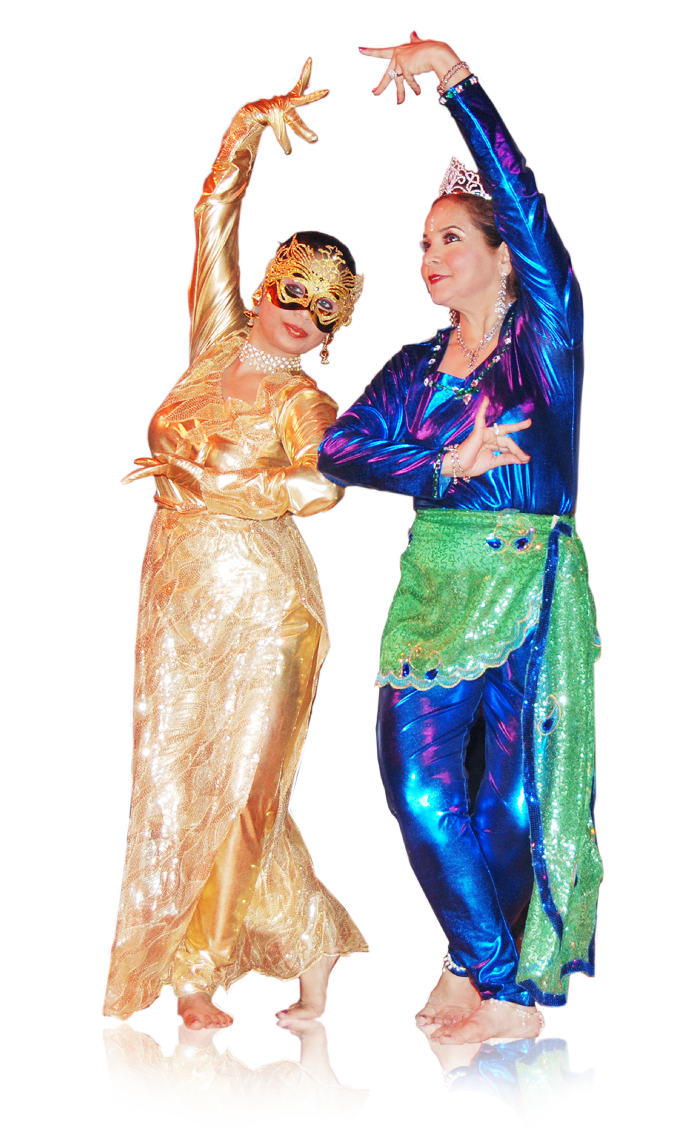

History of Sindh
”One who forgets History, history forgets him.”
This is a historical dance drame which depicts our culture, heritage and glorious era of an ancient civilization that flourished on the baks of river Indus. It describes the places and events in the history of Sindh like
- Worship of Hinglaj Devi-a Hindu temple on the border of Baluchistan,
- Prayer to the Sapta Sindhu-seven rivers of Rigveda era,
- Spread of Buddhism in Sindh,
- Invasion of Alexander
- Grandeur ofRaja Dahir-the last Hindu ruler of Sindh,
- Birth of Lord Jhulelal,
- Shah, Sachal and Sammi-the three classic poets,
- Influence of Gutu nanak’s teachings,
- Sant Kanwar Ram-a Sindhi singer and Sufi poet,
- Hemu Kalania Sindhi revolutionary and freedom fighter,
- Partition of Indiaand rehabilitation of the Sindhis.
The struggle of Sindhis shaped them into proud world-citizens they are today.
CREDITS :
Concept : Sunder Agnani
Script & Dialogues : Mohan Gehani
Lyrics : Sheikh Ayaz & Vasudev Mohi
Sindhu Shlokas : Dr.Motilal Jotwani
Music : Ghanshyam Vaswani
Visuals & Graphics : Julie Tejwani
Assistance : Joey Naronha


